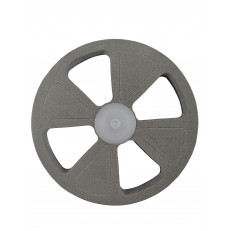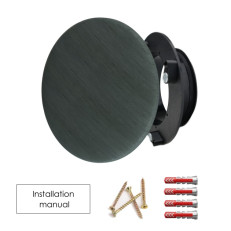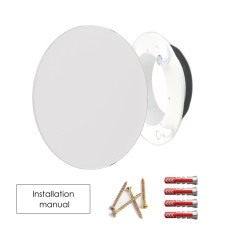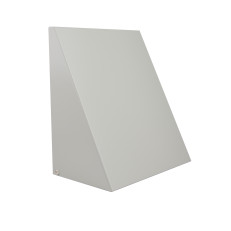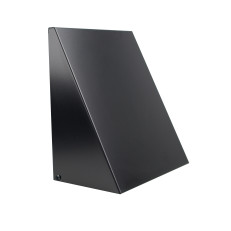Pipeline recuperation in bungalows
As part of our design and installation practice, we constantly come across inappropriately designed ceiling compositions in single-story houses, so-called bungalows. In multi-storey houses with a truss roof, we observe this problem on the top floor. Solving the problem of the installation gap is a matter for the building designer, who should also prepare the house for the presence of air conditioning.
Sometimes the system is well designed, but the investor or the implementing company wants to make their work easier, the implementation does not match the project and all the design work goes to waste. After arriving at the construction site for the installation of the first stage of the recuperation distributions, our installers are often not surprised enough and look in vain for an installation gap noted in the project.
In our region, the absolutely most common and probably the cheapest solution is when the load-bearing truss structure of the roof is suspended by plasterboard with a vapor barrier. Cotton wool is thrown on it and that's it. Cheap, fast, but flawed from our point of view.
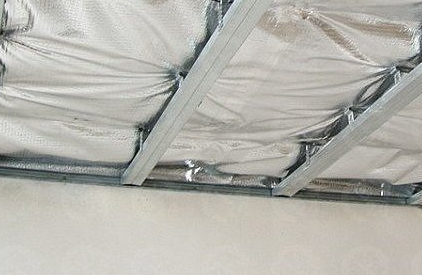
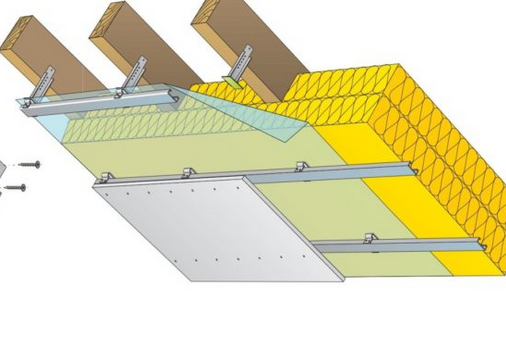
Giant. No. 2 NOT LIKE THIS! taken from Gunnefol documents and Fig. 3 from rigips.cz
We are coming to a time when there are only trusses on the construction site, sometimes even grids. The so-called the vapor barrier, which is applied subsequently only after our assembly, then logically cannot be perfectly tight. The anchoring of the plasterboard and the penetrations of all installations (electricity, air conditioning, etc.) have to be sealed with difficulty. If the house wants to receive a subsidy from the NZÚ, then a problem arises with the blower door test, because it is already very difficult to solve something from above through the distribution of recuperation and thermal insulation.
From our experience, we recommend this composition:
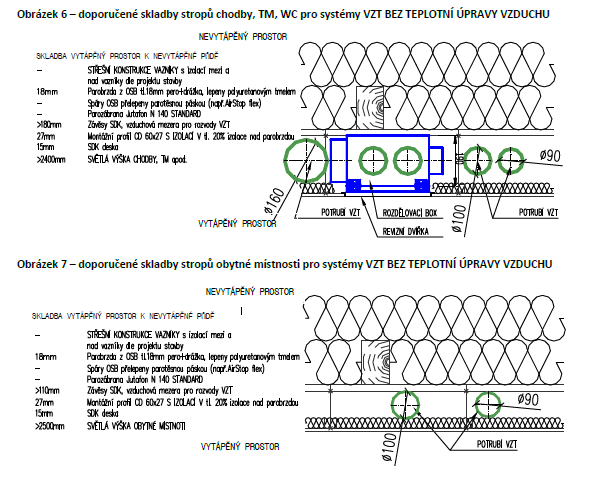
Fig. 3 taken from the design documents of ATREA s.r.o
The advantage of an installation gap made of OSB and plasterboard is:
- air ducts and other installations do not pass through a vapor barrier
- anchoring to the OSB with the correct length of screws will not disrupt the vapor barrier and there is "something" to anchor to
- in case of reconstruction or repair of the ceiling, cotton wool will not fall on your head
- service holes for air conditioning do not cause leaks
- all distribution systems are in the heated space and there is no risk of melting heat or condensation
The height of the installation gap is determined by the largest diameter of the pipe, the height of the box and the type of anchoring, we always specify it in our proposals and projects.
EXAMPLE OF PROPER PREPARATION FOR RECOVERY ASSEMBLY:
- the possibility of anchoring pipes and plasterboard to OSB or roof battens under a vapor barrier

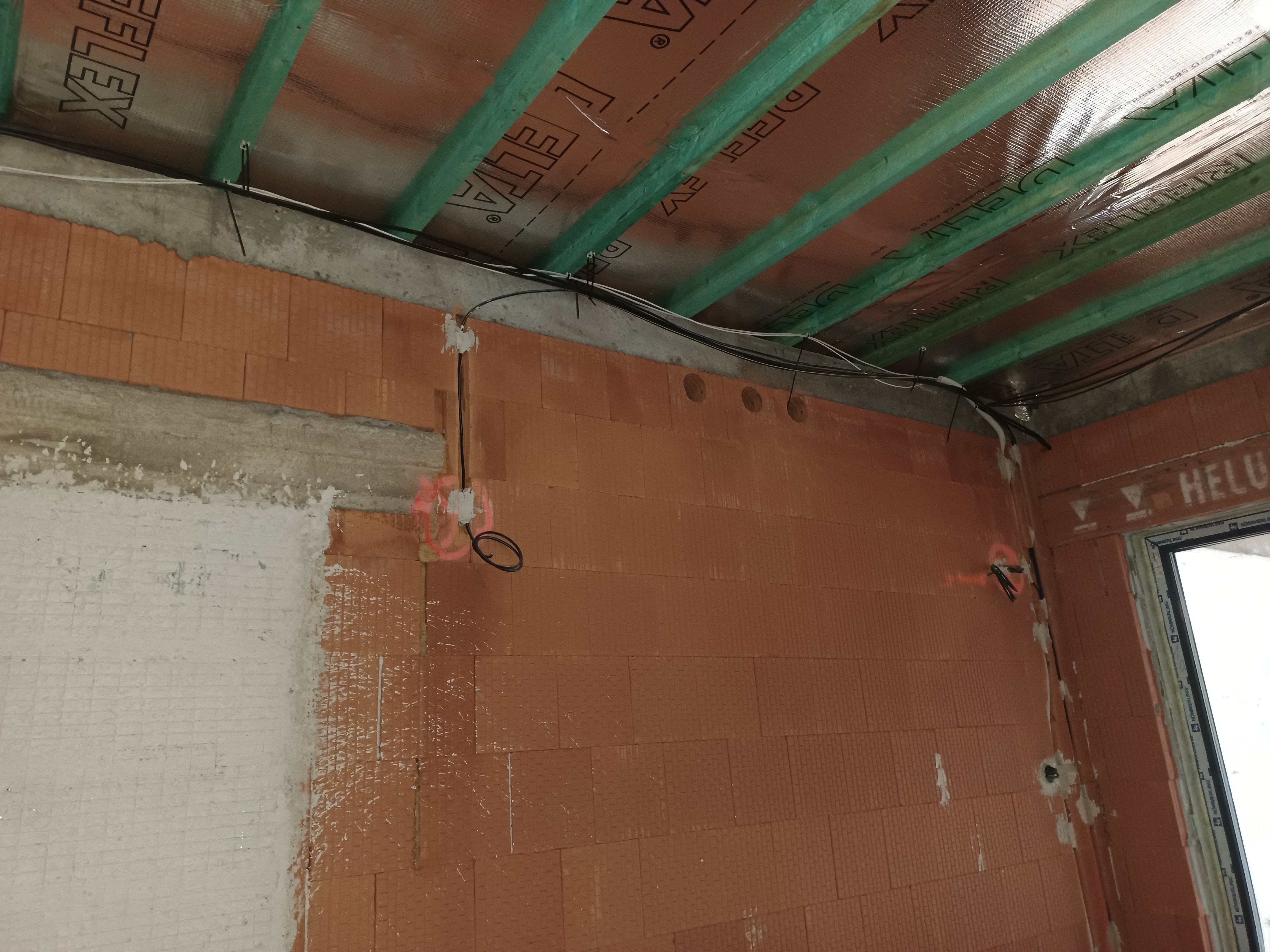

Published 29/11/2021, updated 4/3/2022
dog

